Condensation
Key Notes:
1. Definition of Condensation
- Condensation is the process by which a gas turns into a liquid when it is cooled or when pressure is increased.
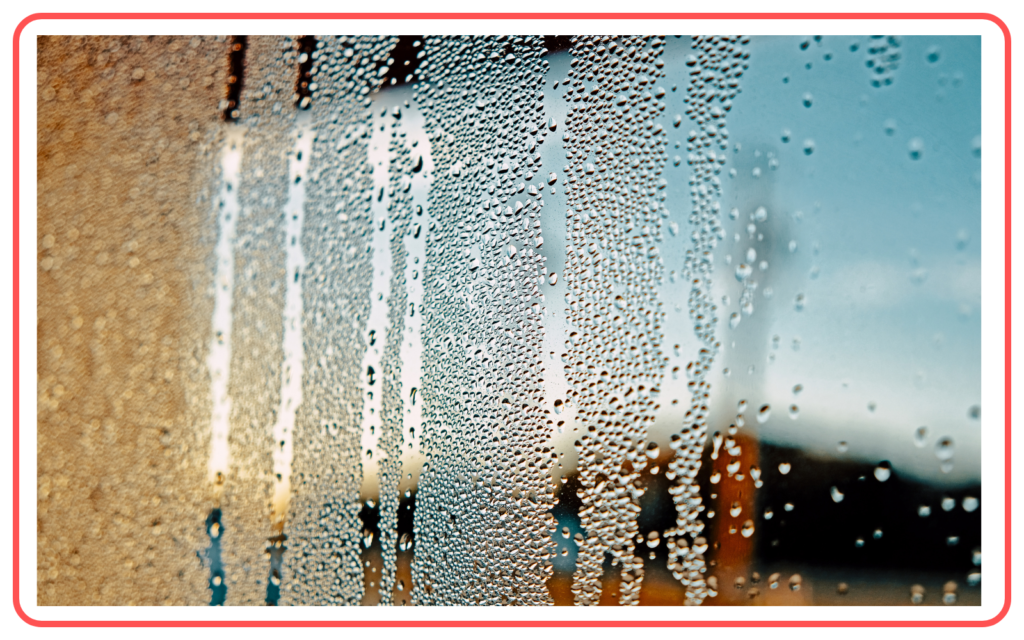
- It occurs when gas molecules lose enough energy to move closer together and form a liquid phase.
Characteristics of Condensation
- Opposite of Evaporation: Condensation is the reverse of evaporation. While evaporation involves a liquid turning into a gas, condensation involves a gas turning back into a liquid.
- Heat Release: During condensation, heat is released (this is also known as latent heat of condensation), as the gas molecules give up energy while changing to a liquid state.
- Occurs on Cooling: For condensation to take place, the temperature of the gas must decrease, or the gas must be compressed to increase its pressure.
Conditions for Condensation
- Cooling of the Gas: As gas cools down, its molecules slow down, and they come together to form liquid droplets. This is common when warm air meets a cold surface, such as when warm air comes into contact with a cold glass of water.
- Increase in Pressure: If the pressure on a gas is increased (while keeping the temperature constant), the gas molecules come closer together, and condensation can occur.
Examples of Condensation
- Water Droplets on a Cold Glass: When cold water is placed in a glass, the air around it cools, and the water vapor in the air condenses on the outer surface of the glass, forming droplets.
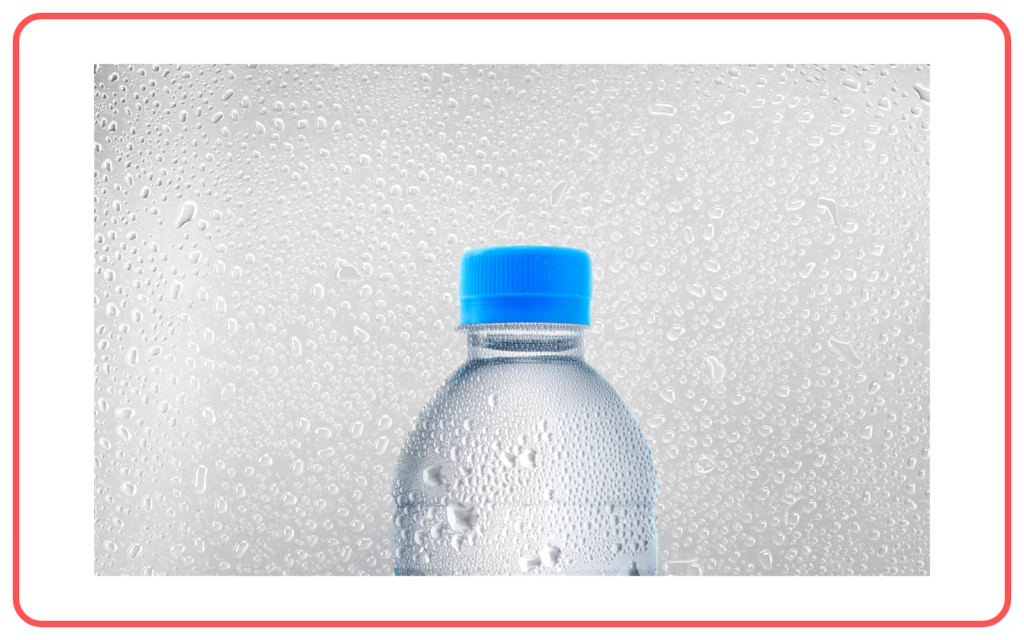
- Morning Dew: Dew forms on plants, grass, and other surfaces early in the morning when the air cools down at night, causing water vapor in the air to condense into small droplets.
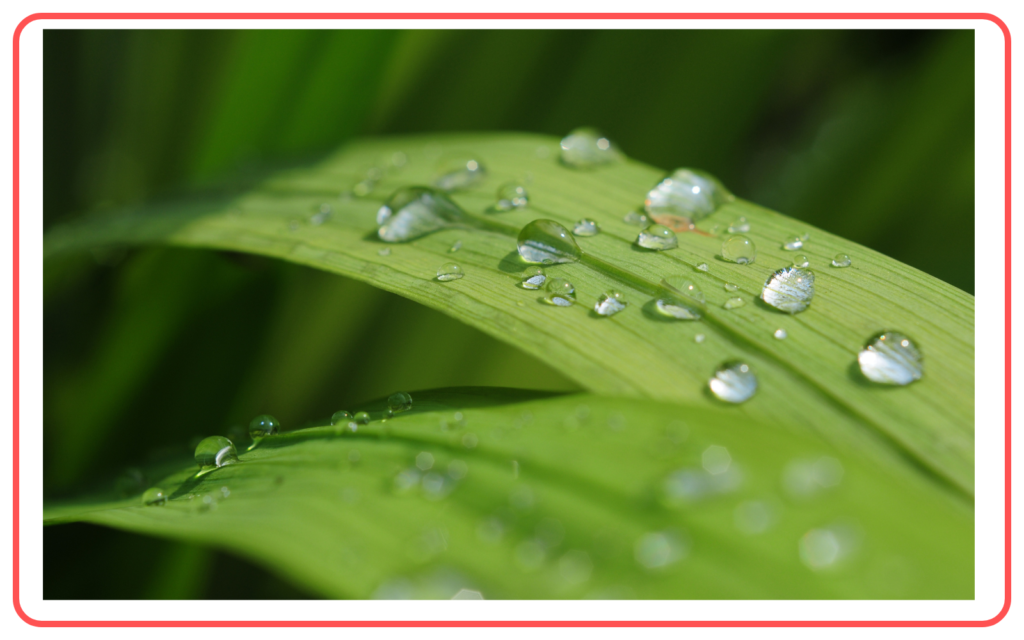
- Cloud Formation: Clouds form in the atmosphere when warm air rises, cools, and condenses into tiny water droplets, creating clouds. This is a vital part of the water cycle.

- Fog: Fog is a result of condensation. When warm air meets cooler air, the water vapor condenses into tiny droplets, reducing visibility.
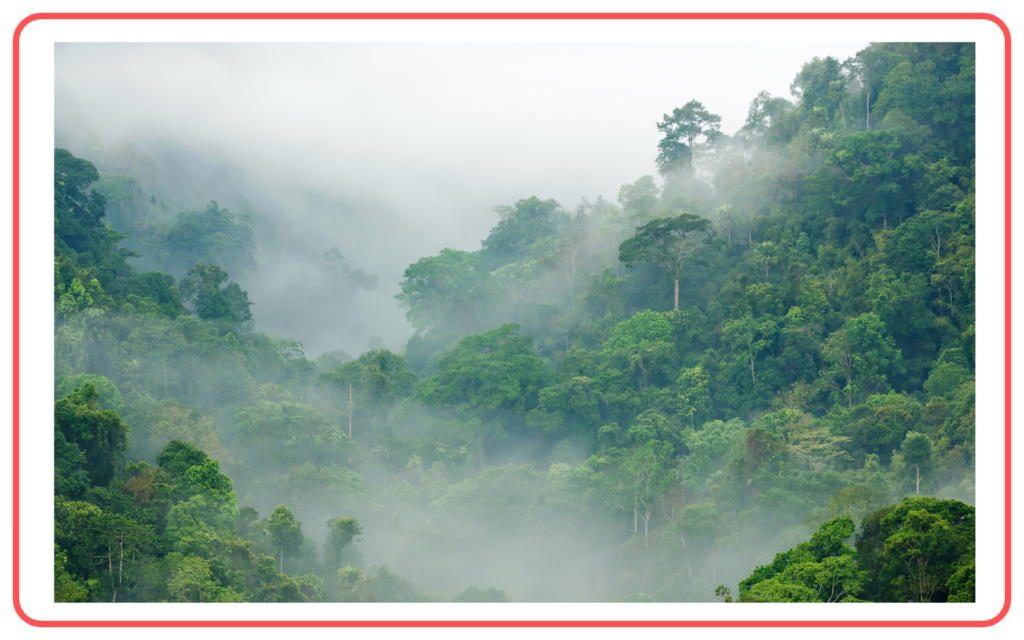
Latent Heat of Condensation
- The process of condensation releases energy in the form of latent heat. This is the heat released when a substance changes from a gas to a liquid without a change in temperature.
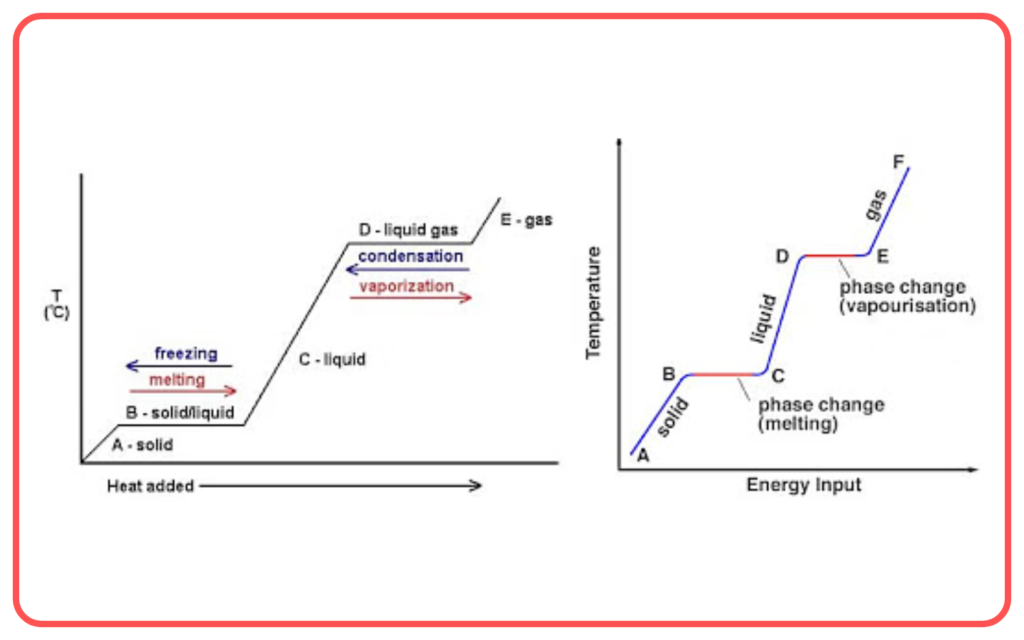
- Example: When steam (water vapor) condenses into water, it releases a significant amount of heat, which is why steam burns are more severe than burns from boiling water.
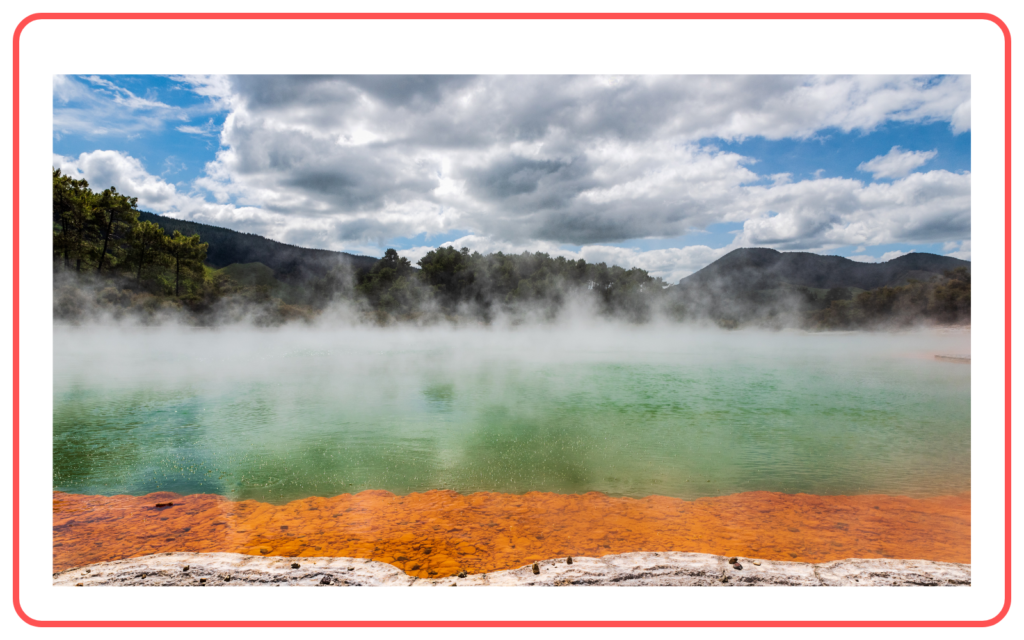
Condensation in Nature
- Water Cycle: Condensation plays a crucial role in the water cycle. As water vapor rises from oceans, lakes, and rivers, it cools and condenses to form clouds. When the condensation is enough, it leads to precipitation (rain, snow, etc.).
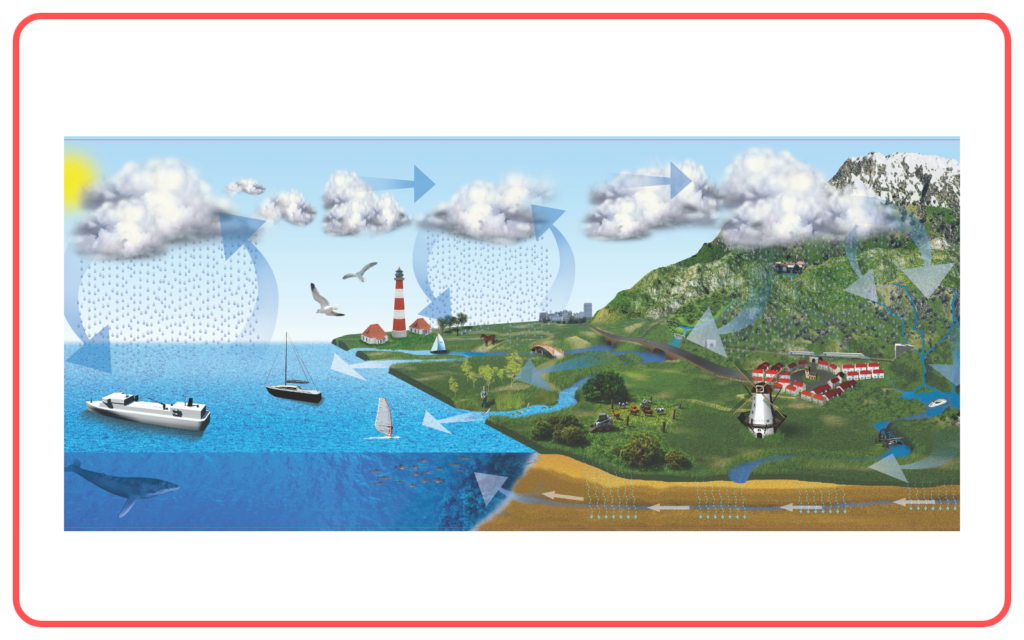
- Formation of Clouds: Warm, moist air rises, cools, and condenses at higher altitudes, forming clouds.

Applications of Condensation
- Condensation in Refrigerators and Air Conditioners: These devices rely on condensation to cool and dehumidify air. In air conditioners, warm air is passed over a cool surface, causing water vapor to condense, which is then drained out.
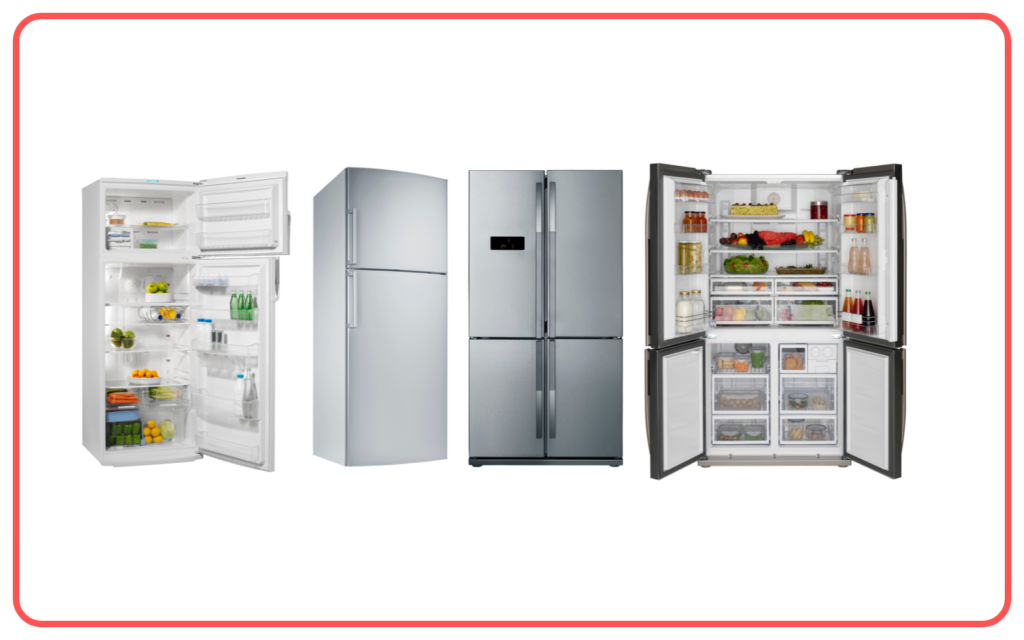
- Condensation in Steam Engines: In steam engines, steam condenses back into water after doing work, which helps to create a continuous cycle.
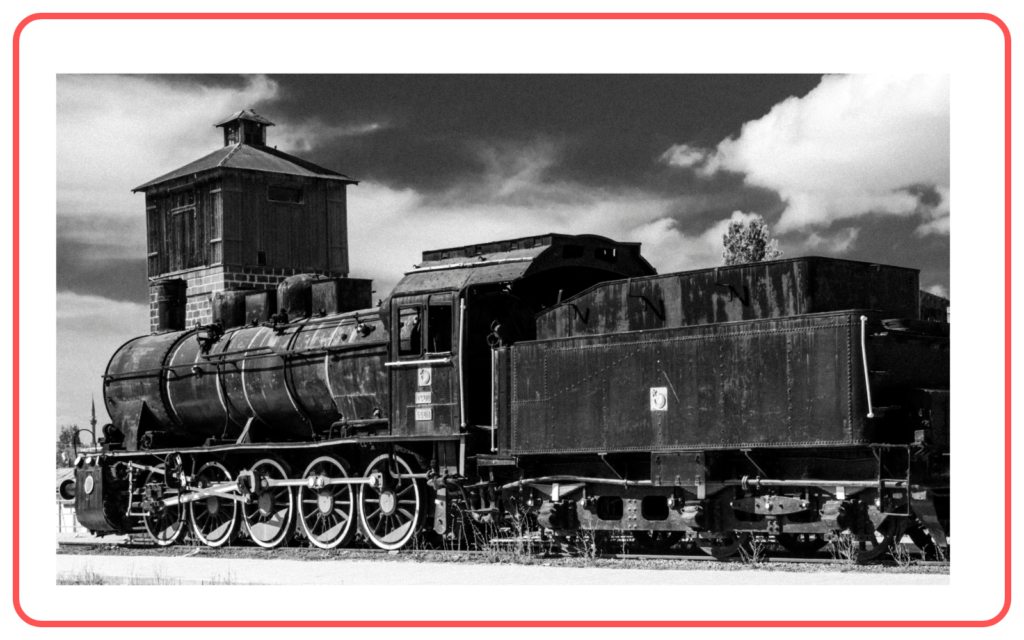
- Condensation for Water Purification: Condensation is used in distillation processes, where water vapor is condensed to separate pure water from impurities or salt (desalination).
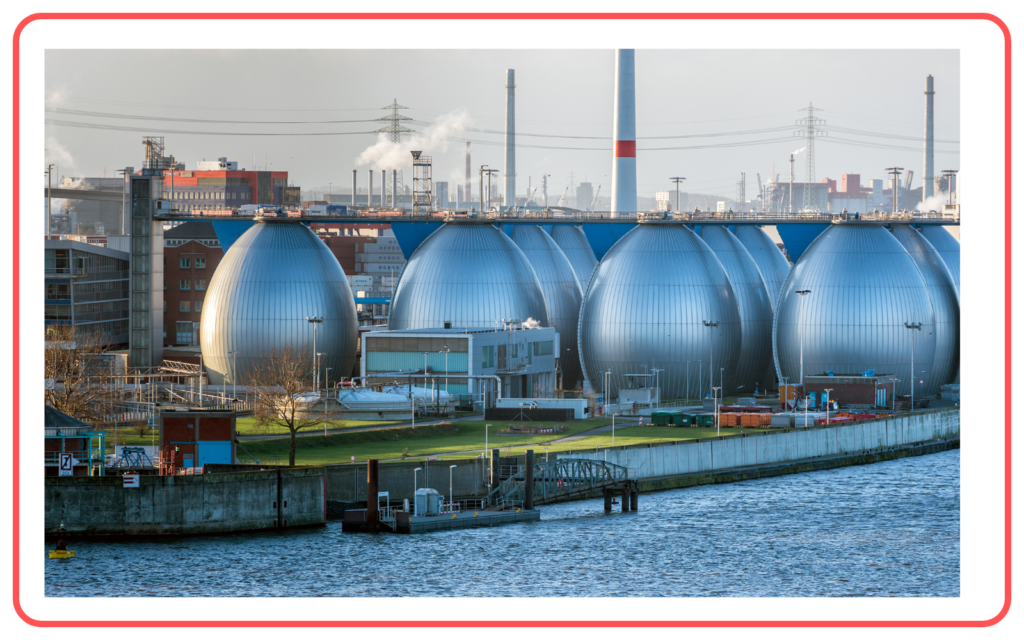
Condensation vs. Evaporation
- Evaporation: Involves a liquid turning into a gas at the surface. Energy is absorbed during evaporation.
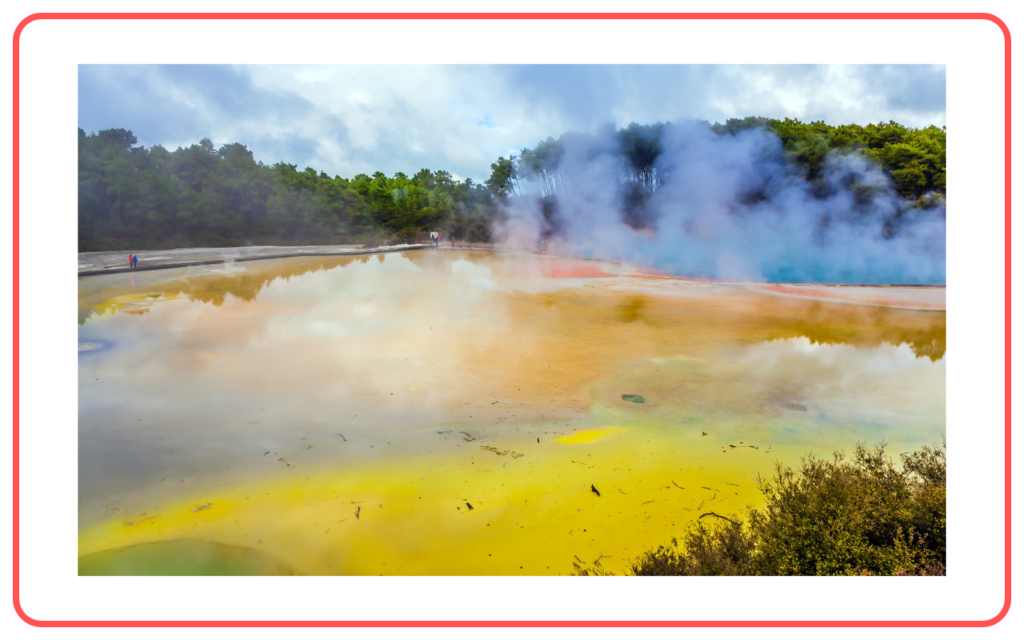
- Condensation: Involves a gas turning into a liquid. Energy is released during condensation.

Factors Affecting Condensation
- Temperature: A lower temperature promotes condensation because the molecules in the gas lose energy and move closer together.
- Pressure: Increasing the pressure on a gas can also promote condensation by forcing the gas molecules closer together.
- Humidity: Higher humidity (more water vapor in the air) increases the chances of condensation, as there is more vapor to condense into liquid form when conditions are right.
Conclusion
- Condensation is an important physical process that occurs when a gas changes into a liquid due to cooling or an increase in pressure.
- It plays a significant role in the water cycle, weather phenomena, and various industrial processes.
- Understanding condensation is essential in many areas, including climate science, refrigeration, and the functioning of everyday appliances like air conditioners.
Let’s practice!

